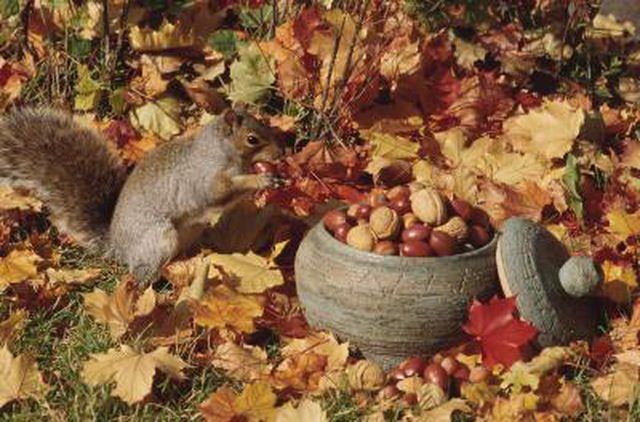Bulbs
Flower Basics
Flower Beds & Specialty Gardens
Flower Garden
Garden Furniture
Garden Gnomes
Garden Seeds
Garden Sheds
Garden Statues
Garden Tools & Supplies
Gardening Basics
Green & Organic
Groundcovers & Vines
Growing Annuals
Growing Basil
Growing Beans
Growing Berries
Growing Blueberries
Growing Cactus
Growing Corn
Growing Cotton
Growing Edibles
Growing Flowers
Growing Garlic
Growing Grapes
Growing Grass
Growing Herbs
Growing Jasmine
Growing Mint
Growing Mushrooms
Orchids
Growing Peanuts
Growing Perennials
Growing Plants
Growing Rosemary
Growing Roses
Growing Strawberries
Growing Sunflowers
Growing Thyme
Growing Tomatoes
Growing Tulips
Growing Vegetables
Herb Basics
Herb Garden
Indoor Growing
Landscaping Basics
Landscaping Patios
Landscaping Plants
Landscaping Shrubs
Landscaping Trees
Landscaping Walks & Pathways
Lawn Basics
Lawn Maintenance
Lawn Mowers
Lawn Ornaments
Lawn Planting
Lawn Tools
Outdoor Growing
Overall Landscape Planning
Pests, Weeds & Problems
Plant Basics
Rock Garden
Rose Garden
Shrubs
Soil
Specialty Gardens
Trees
Vegetable Garden
Yard Maintenance
How to Prune a Filbert Bush
How to Prune a Filbert Bush. Filbert bushes (Corylus spp.) are deciduous shrubs or trees, many of which produce edible filberts, or hazelnuts. Some filberts grow only as trees, but most are shrubs or shrub-trees that can be pruned to grow as either a tree or shrub. Filbert shrubs may be 5 to 20 feet tall and wide and grow in U.S. Department of...

Filbert bushes (Corylus spp.) are deciduous shrubs or trees, many of which produce edible filberts, or hazelnuts. Some filberts grow only as trees, but most are shrubs or shrub-trees that can be pruned to grow as either a tree or shrub. Filbert shrubs may be 5 to 20 feet tall and wide and grow in U.S. Department of Agriculture plant hardiness zones 3 through 9, depending on the species. It is much less work-intensive to grow filberts as shrubs since that is how they grow naturally; there is little pruning and no training involved.
Things You'll Need
Pruning saw
Pruning shears
Cut the branches of newly planted shrubs back to a height of 2 1/2 to 3 feet at planting time.
Remove upright growth that seems to be much larger than the rest of the stems in the first winter following planting. Cut the tips of side-shoots to even out the branches at this time as well.
Choose eight to 10 strong main shoots spaced equally around the outside of the growing shrub to keep for your established filbert bush. Remove the rest of the smaller shoots at the base of the shrub to create a more open, airy plant. For a denser shrub or hedge planting, allow more of the shoots to remain.
Remove dead, damaged or diseased branches and stems any time you see them. Use a pruning saw for dead branches or for those over 3/4 inch in diameter. Use pruning shears for smaller stems. Cut them back to the base of the branch.
Dispose of the unhealthy cut branches. Do not compost them since it may spread disease.
Remove suckers, or shoots, that grow at the base of the shrub. Filbert shrubs are multistemmed, but the suckers that grow after the shrub has matured are not part of the main shrub and they sap nutrients from the bush. Cut the suckers off at the soil line.
Prune for size, shape or to thin the bush during the winter dormant period. The dormant period is after the leaves fall but before new spring growth appears. Cut stems back to the base to remove an entire stem, or make cuts just outside a lateral branch or a leaf set if you only remove part of the branch. At this time, remove any inward-growing stems and remove up to one-third of the stems from the center of the shrub if it is too congested.
Thin out some of the smaller branches from the top and sides of the shrub after about 10 years to allow more light to reach the inner parts of the shrub. The thinning should not exceed 30 percent of the shrub growth, and should not change the overall shape of the shrub.
Tips & Warnings
Always use clean, sharp tools for pruning.
The shrub is established after about five years.
Do not prune in wet, rainy weather to prevent fungal infestations.